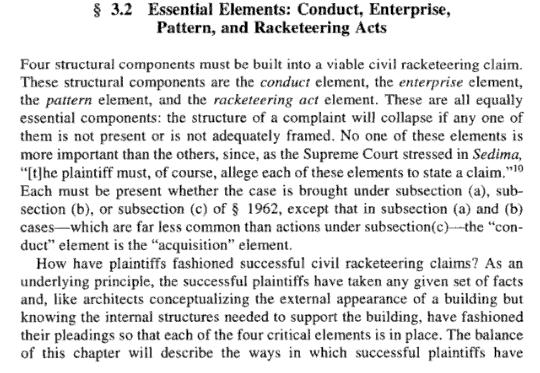“High Crimes and Misdemeanors:” A Short History of Impeachment
The right to impeach public officials is secured by the U.S. Constitution in Article I, Sections 2 and 3, which discuss the procedure, and in Article II, Section 4, which indicates the grounds for impeachment: “the President, Vice President, and all civil officers of the United States shall be removed from office on impeachment for, and conviction of, treason, bribery, or other high crimes and misdemeanors.”
Removing an official from office requires two steps: (1) a formal accusation, or impeachment, by the House of Representatives, and (2) a trial and conviction by the Senate. Impeachment requires a majority vote of the House; conviction is more difficult, requiring a two-thirds vote by the Senate. The vice president presides over the Senate proceedings in the case of all officials except the president, whose trial is presided over by the Chief Justice of the Supreme Court. This is because the vice president can hardly be considered a disinterested party—if his or her boss is forced out of office he or she is next in line for the top job!
What are “High Crimes and Misdemeanors”?
Bribery and treason are among the least ambiguous reasons meriting impeachment, but the ocean of wrongdoing encompassed by the Constitution's stipulation of “high crimes and misdemeanors” is vast. Abuse of power and serious misconduct in office fit this category, but one act that is definitely not grounds for impeachment is partisan discord. Several impeachment cases have confused political animosity with genuine crimes. Since Congress, the vortex of partisanship, is responsible for indicting, trying, and convicting public officials, it is necessary for the legislative branch to temporarily cast aside its factional nature and adopt a judicial role.




No comments:
Post a Comment